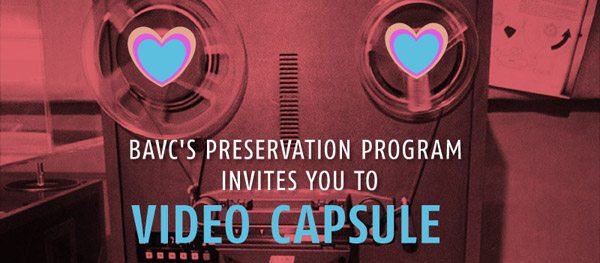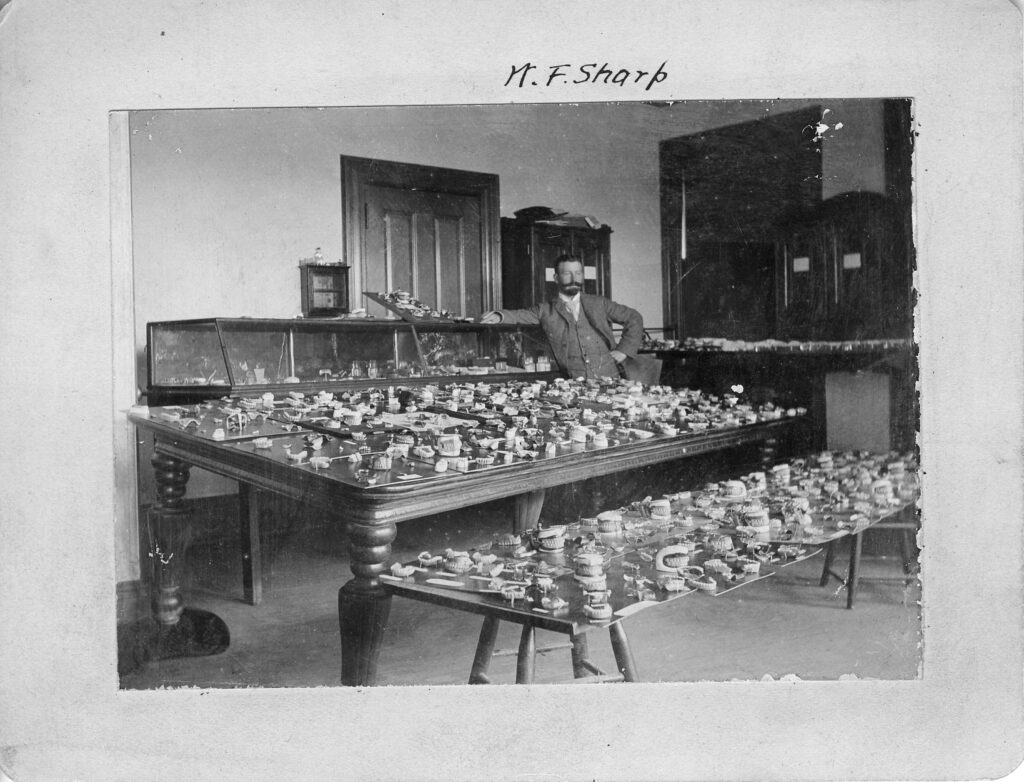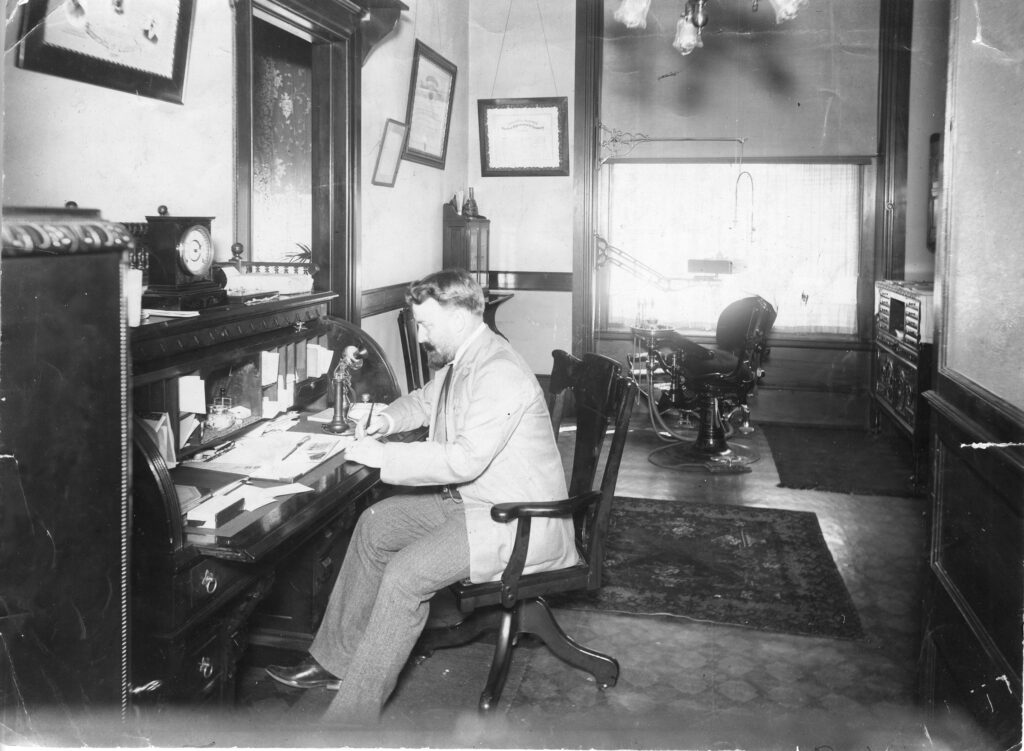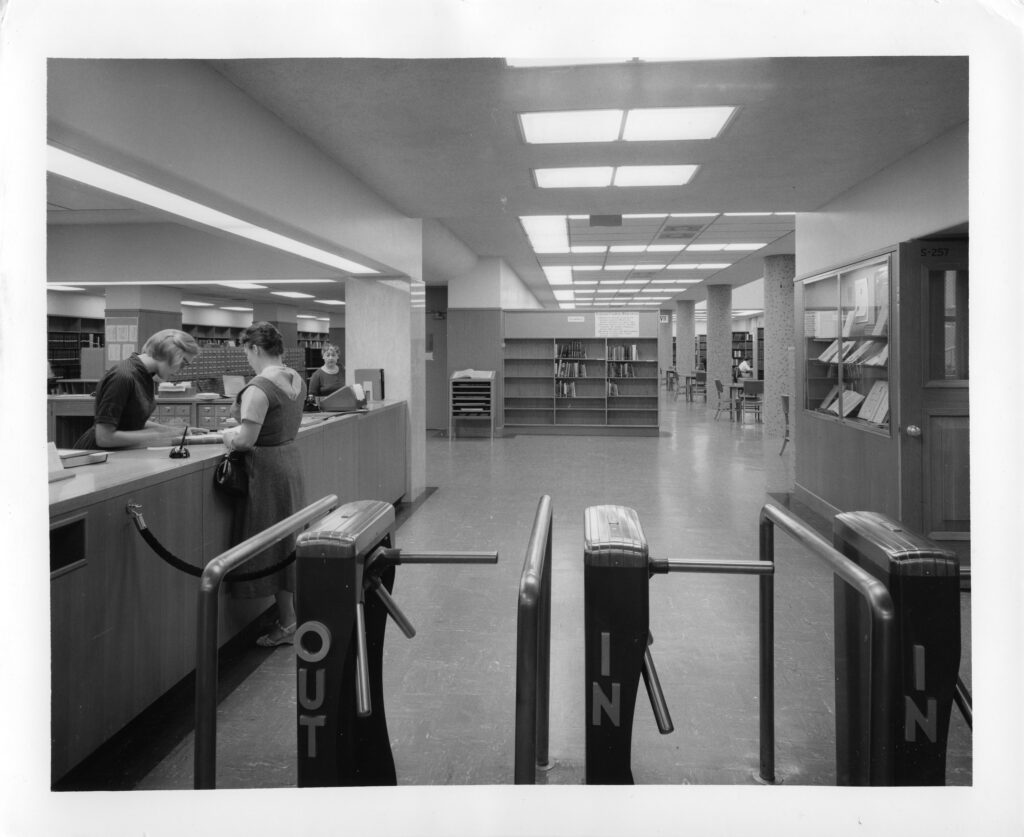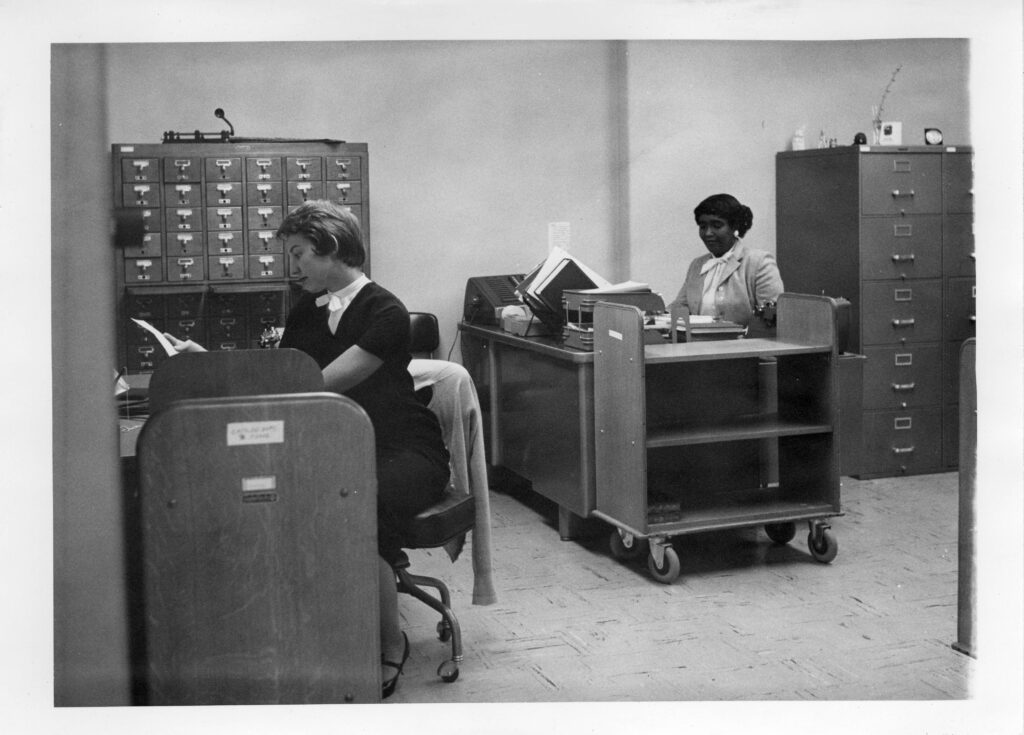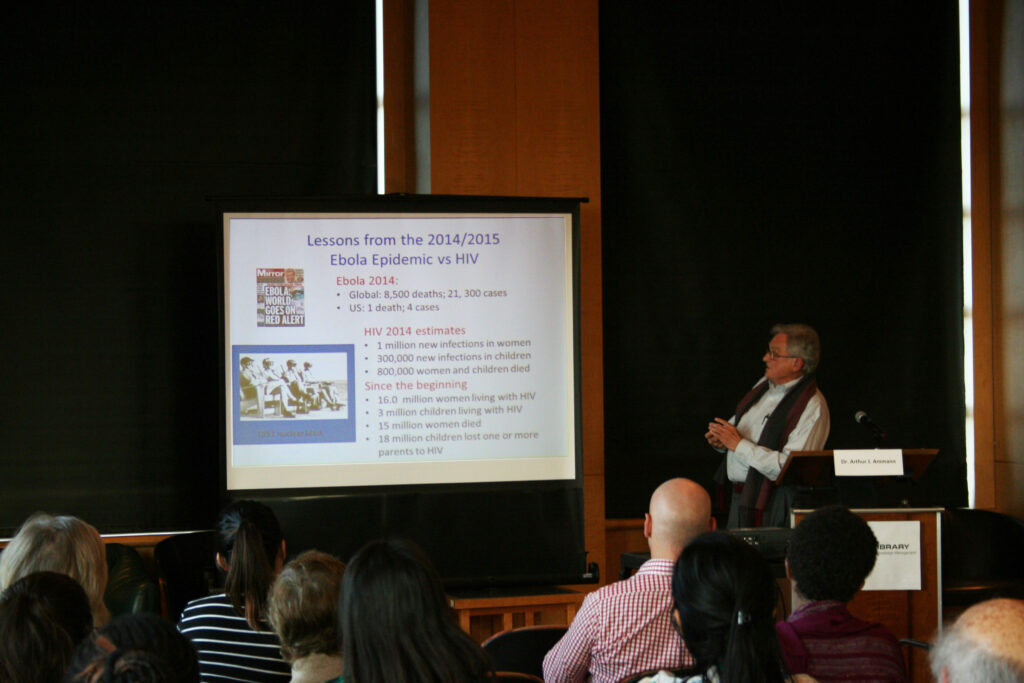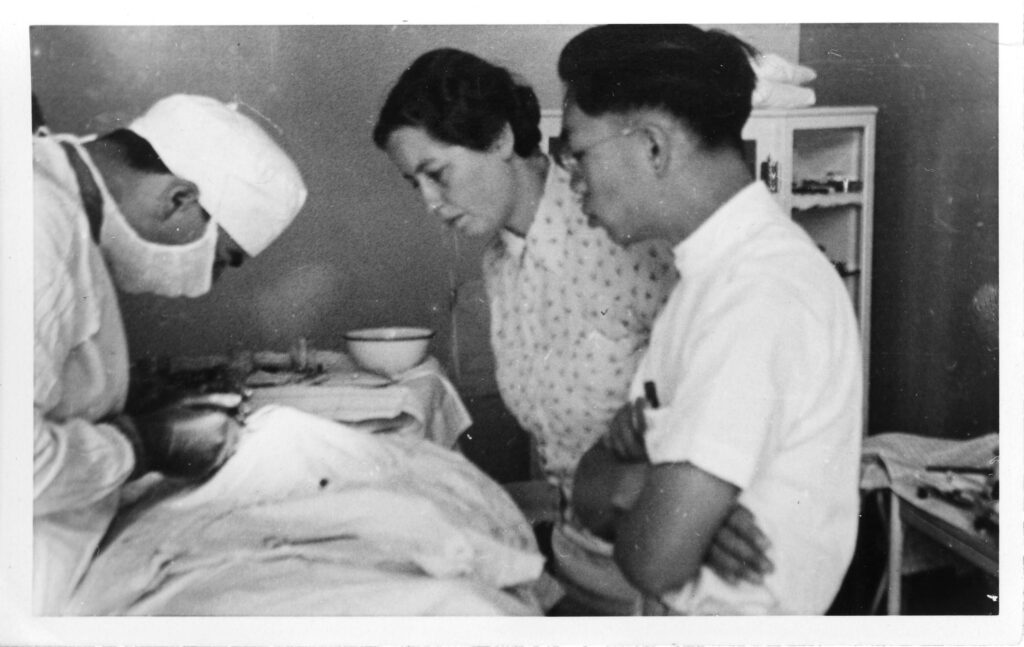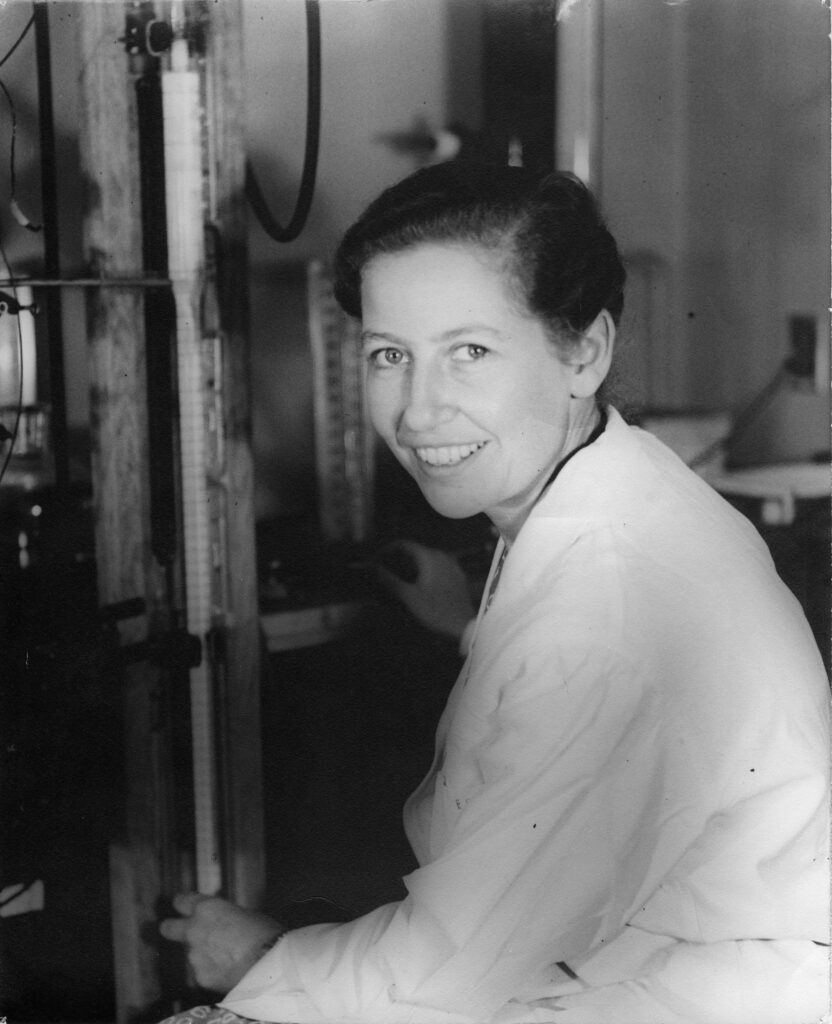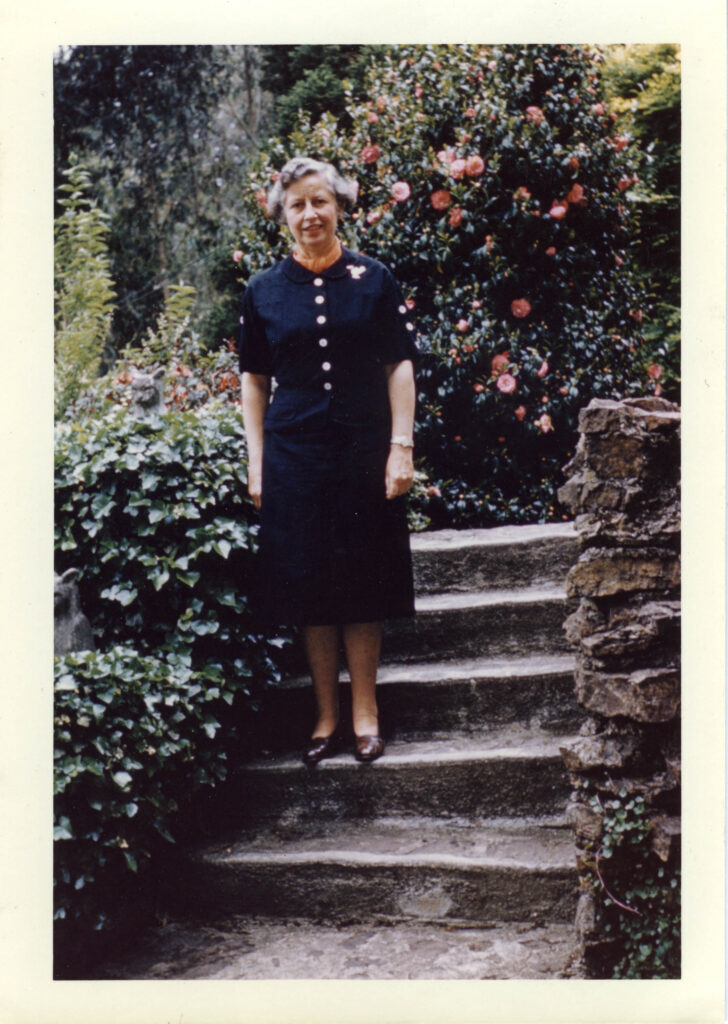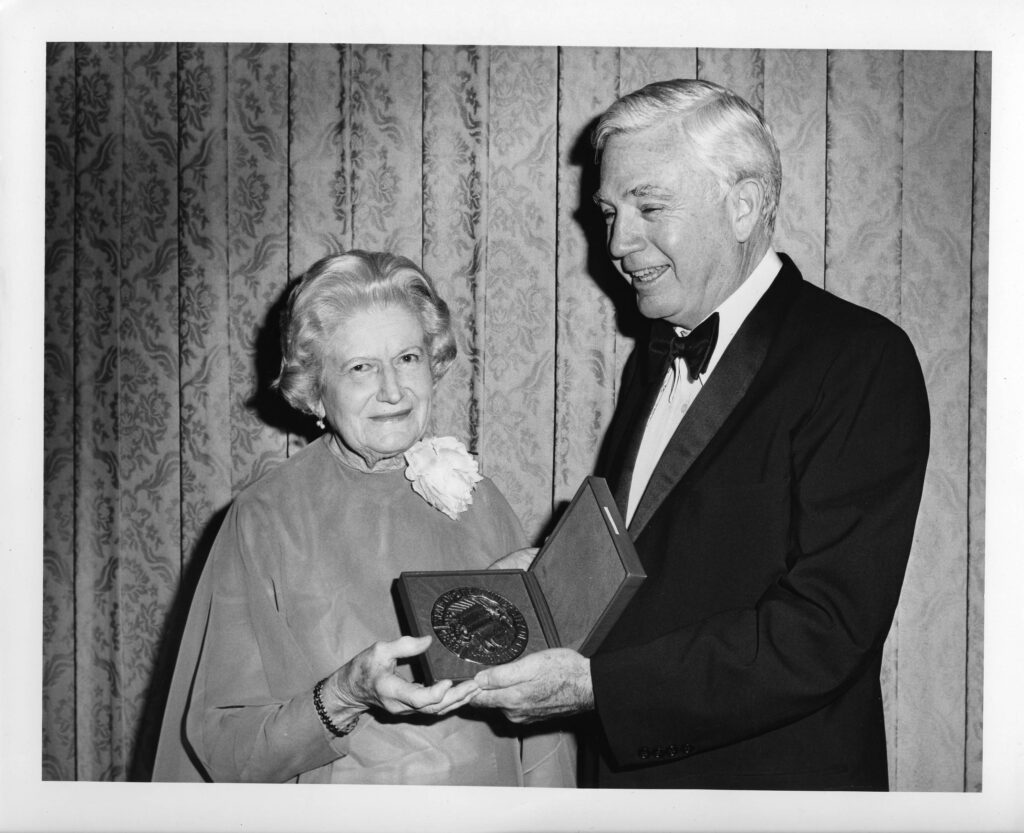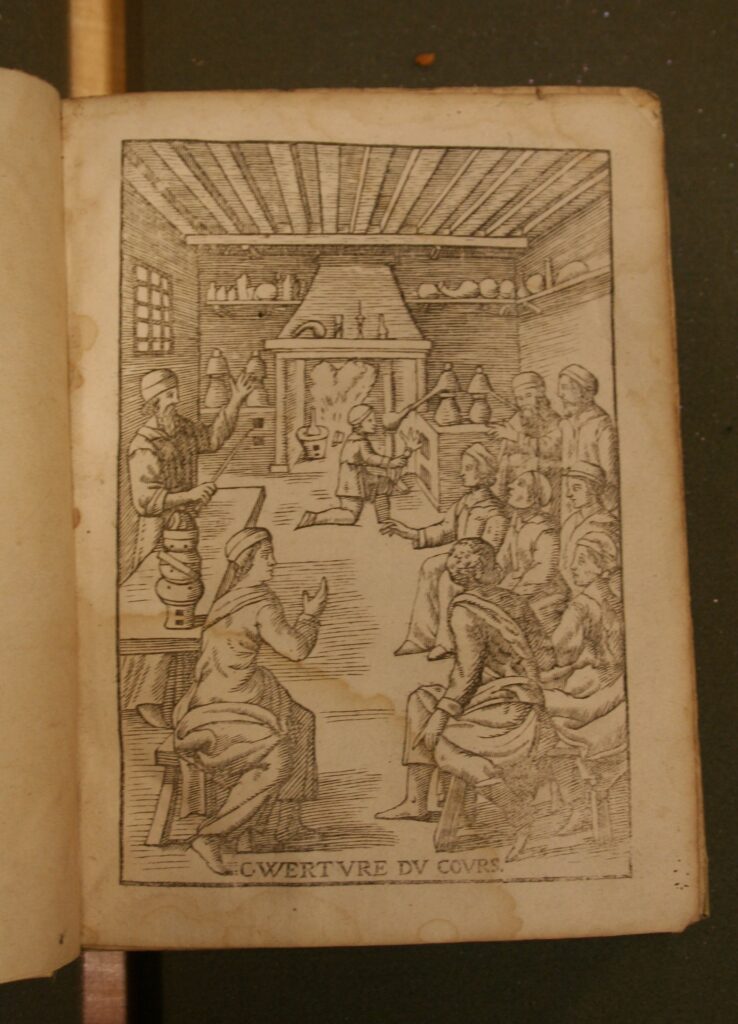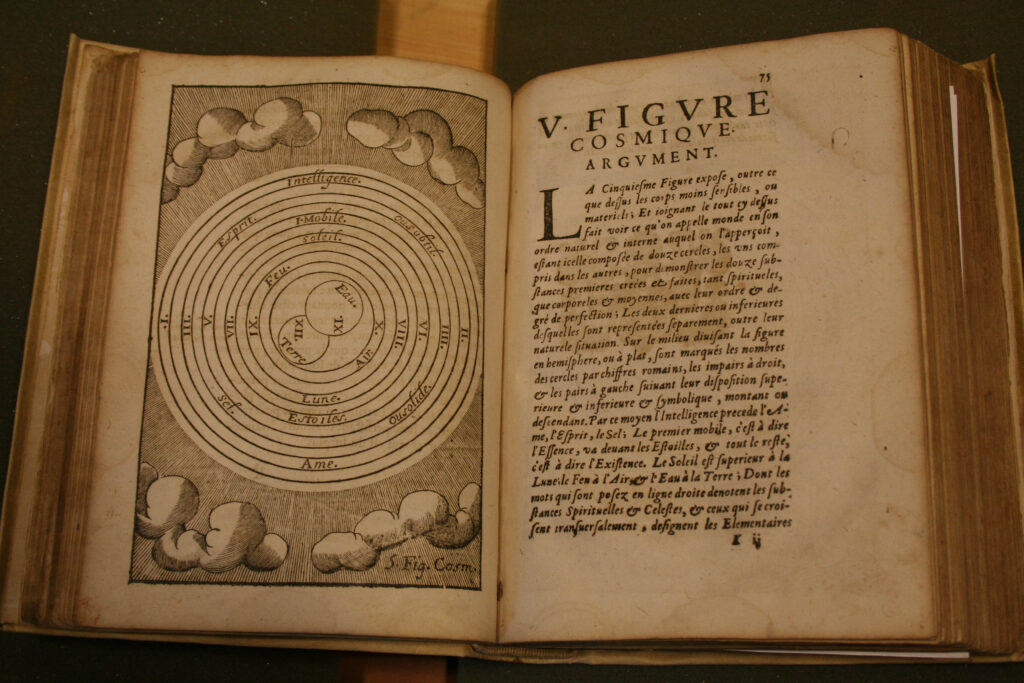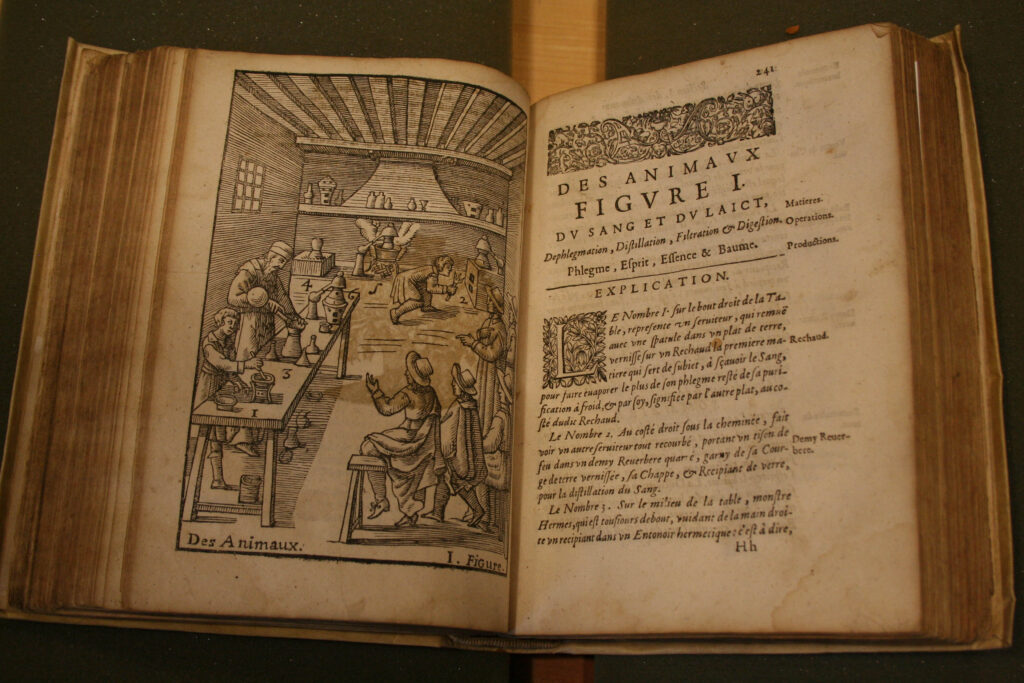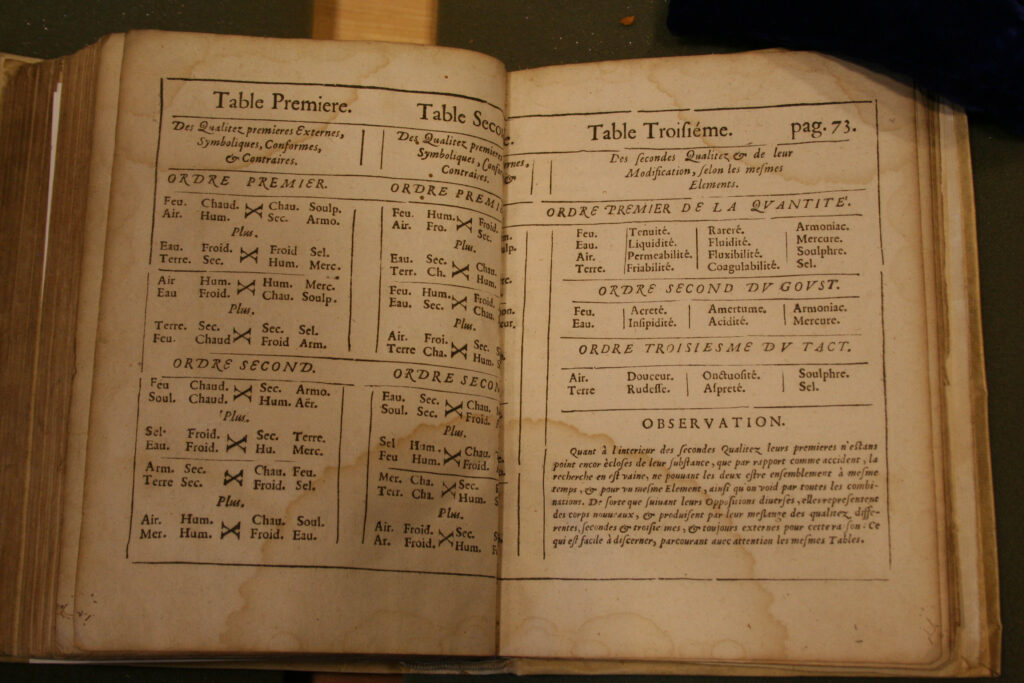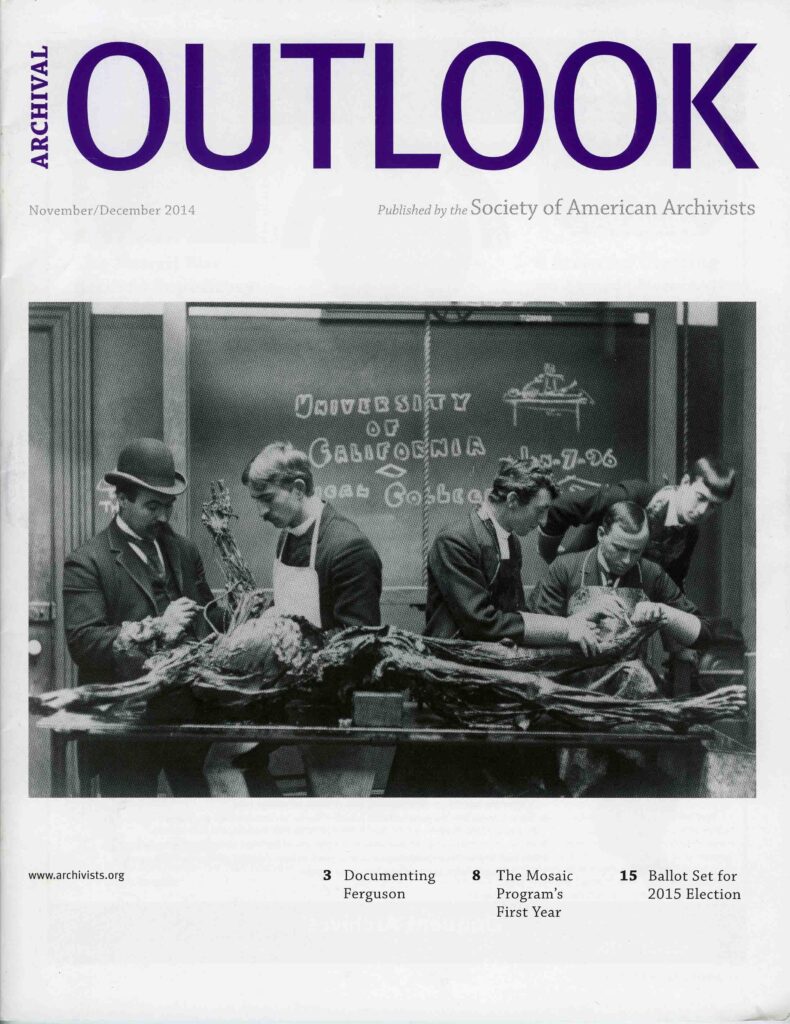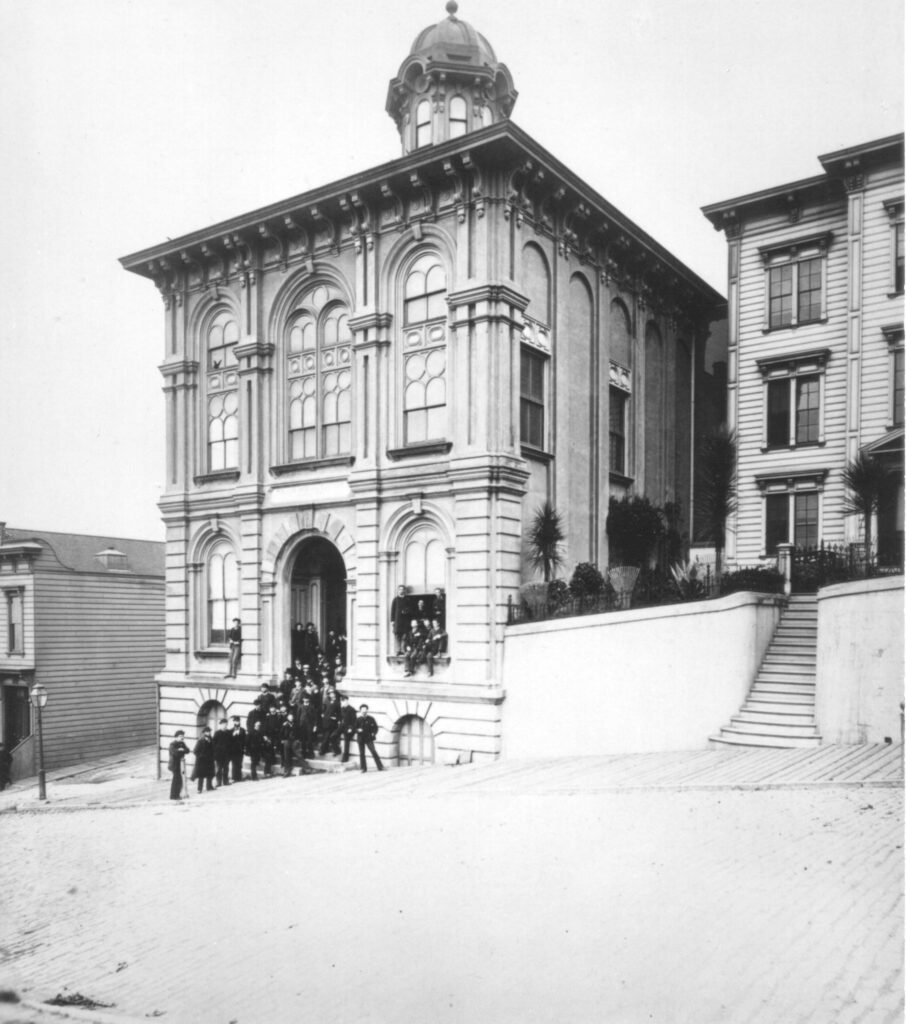We’re always busy accepting new collections and pushing through our backlog to make as many collections available for research as possible. This list of new records includes materials relating to tobacco control, UCSF, infectious disease, pediatrics, nursing education, HIV/AIDS Toland Hall murals, book collecting, medical education, and more. Click on the titles below to learn more the contents, subjects, and size of these collections.
Contact us if you have any questions or would like to learn more. And please don’t hesitate to make an appointment to come in and use the collections!
Our catalog updates over the past six months:
- MSS 2014-15 Bernard Zakheim collection, 1918-2008
- MSS 2014-04 NCNMLG records, 1985-2012
- MSS 2014-12 John S. Wellington papers, 1931-1990
- AR 2014-22 UCSF Department of Pediatrics photograph collection, 1960-2014
- AR 2014-20 Fetal Treatment Center records, 1990-2003
- AR 2014-03 OB/GYN Depart. records, 1944-1974
- MSS 2014-17 Helen Fahl Gofman papers, 1940-2004
- MSS 2013-03 Laurie Garrett papers, 1970-2013
- MSS 87-37 Anselm L Strauss papers, 1975-1999 (added new accession)
- OH 2013-27 Physician Book Collectors of the Bay Area oral histories, 1985-1986
- MSS 2014-19 Melvin M. Grumbach papers, 1956-1987
- MSS 98-51 Constance Wofsy papers, 1980-1991
- AR 2014-27 UCSF Dept of Pediatrics records, 1954-1955
- AR 91-19 Sixth International Conference on AIDS records, 1988-1990
- AR 2014-30 UCSF School of Medicine, Undergraduate Medical Education (UME), Medical Student Services Records
- AR 2014-33 UCSF SOM, Dean’s Office, Medical Education
The following collections have inventories or finding aids on the Online Archive of California:
- MSS 2001-05, GASP (Group to Alleviate Smoking Pollution) of Colorado Records
- MSS 2000-19, Carol Stoughton Papers
- MSS 2009-15, David Powers photograph collection
- MSS 2014-15, Bernard Zakheim collection
- MSS 2014-17 Helen Fahl Gofman papers
- MSS 2001-33 Donna Shimp Papers and Environmental Improvement Associates Records
- MSS 2003-06 American Legacy Foundation (ALF) records
- AR 2014-30 UCSF School of Medicine, Undergraduate Medical Education (UME), Medical Student Services Records


